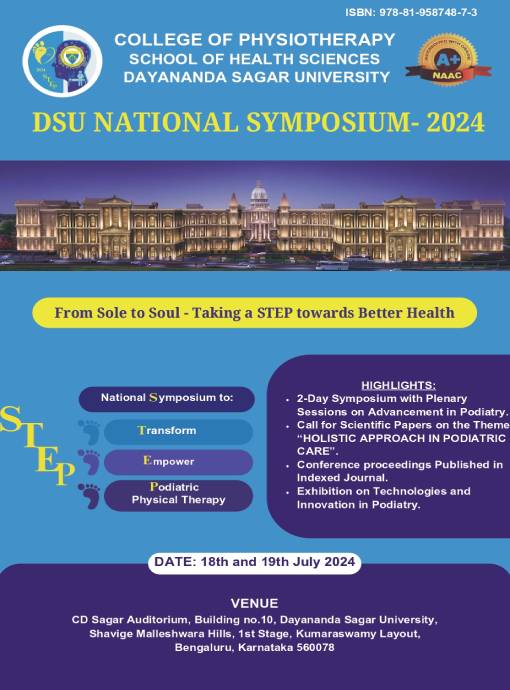Use of Virtual Reality and Augmented Reality in Musculoskeletal Rehabilitation
DOI:
https://doi.org/10.18311/DSUPHY/9788195874873/2024/032Keywords:
Augmented Reality; Musculoskeletal Conditions; Rehabilitation; Virtual RealityAbstract
Background/Introduction: Musculoskeletal rehabilitation focuses on interventions that help individuals regain normal function and reduce disabilities. Virtual Reality (VR) and Augmented Reality (AR) represents an innovative and novel approach for the rehabilitation of musculoskeletal impairments, where audio-visual feedback is a promising method for correcting faulty movement patterns.
Objective: This review aims to evaluate the role of Virtual and Augmented Reality in the rehabilitation of various musculoskeletal conditions.
Methodology: A comprehensive literature search was conducted across PubMed, Google Scholar, and Pedro databases. Recent articles were screened, and six were included in the review: four experimental studies and two scoping review.
Result: The studies examined the use of VR and AR in gait and balance training, patellofemoral pain syndrome, knee injury prevention in athletes, chronic low back pain, improving lower limb kinematics during squats, upper limb disorders, and complex regional pain syndrome. The findings indicate significant improvements in pain intensity, lower limb kinematics, disability levels, balance and gait patterns, and quality of life. Research highlights the effectiveness of AR and VR technologies in providing immersive visual feedback, offering real-time, interactive visual cues that enhance movement correction precision and engagement during rehabilitation.
Conclusion: Functional training with feedback shows significant potential in reducing pain and improving limb mechanics. Tailoring feedback type and dosage to the patient’s condition is crucial. Advanced technologies like AR and VR, can improve participation, long-term outcomes and enhance the effectiveness of movement retraining strategies. Further research in this field is required to know the impact of these advanced technologies in specific musculoskeletal conditions.
 Suraksha S.
Suraksha S.
